Its histogram looks like this:
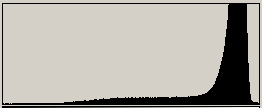
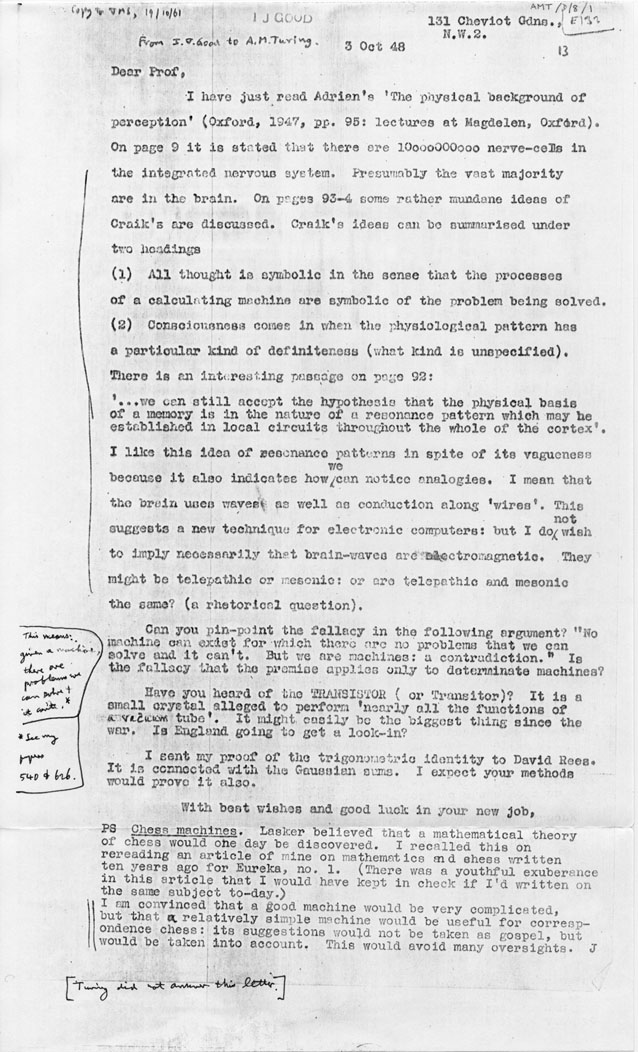
Compresses to 1.71MB after putting the uncompressed TIFF file into a
ZIP file.
Its histogram looks like this:

It is clearly peaked - which helps! - basically the common values will be stored with a code using fewer bits than the less frequent values.
A lossless technique where no actual degradation occurs
can only achieve around 3:1 compression with non-document
images, but is ideal for archiving where no loss can be tolerated.
Documents containing text with large uniform areas can be
compressed such as run-length coding where the number of consecutive
identical values are stored instead. A technique which is
very useful for text or data with a concentration of some values (a
peaked histogram) is Huffman coding. For example some data
may have mostly values of 50 with decreasing amounts of values either
side. Huffman coding assignes a short code to the value 50,
a slightly longer one to 49 and 51, and so on. In practice all the
values are arranged in order of probability and assigned longer
codes. Clearly the codes must be clearly divisible on decoding, so
ambiguous codes such as 1 and 11 could not be used because
11 could be two 1's! The result is that most of the data is compressed
considerably (8->1 maximum) and the least frequent values
are actually made bigger as they use very long codes (more than 8 bits
are needed due to the decoding problem). Typical Huffman
codes may look like this: 1, 00, 011, 0100, 01010, 01011, .... etc
One fundamental property of images is that each pel is usually similar to its neighbours, so it is usually possible to predict what it will be from previous pels. The difference between the real value and the prediction is usually very small and its statistics are so peaked that compression is made easier.
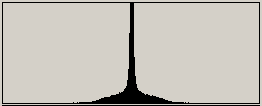
This figure shows a typical histogram of the difference between the
previous and current pel (the centre
of the plot is zero) for the text image above. You can see the effect
in the difference image intermediate:
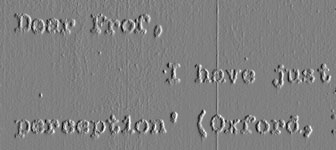
Statistical coding such as Huffman, work well with such data. However
a difference image actually starts with more values than the original image
(-255 to 255 instead of 0 to 255) which could make the compressed data
bigger than the original! However a common compression scheme "LZW pel
differenced TIFF" actually produces good compression because statistically
there are fewer short-codes. Clearly noisy images compress less well. Compressing
the full page above makes a 1.9MB file.
LZW is subject to copyright problems now - so the newer deflate algorithm is preferred, but often not supported in things like Photoshop.
By storing the large differences less accurately it is possible to use even fewer bits. This corrupts the image but only where there are big steps, where the eye can not see errors anyway (visual masking occurs). This technique (DPCM: Differential Pulse Code Modulation) can achieve a compression of around 8:1 with little visual effect and is commonly used in broadcasting. Usually a specialised quantiser is used which progressively allocates fewer bits to larger differences.
In summary:
| Original text page | 2624 kB | 100% |
| ZIP (deflate) | 1754 kB | 67% |
| TIFF LZW | 1993 kB | 76% |
| TIFF deflate | 1790 kB | 68% |
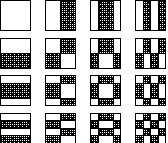
You can imagine the DCT basis functions are smoother as they are based on cosines. The top-left function is basically the average of an area, so it is the zero frequency component. The bottom-right represents the highest frequencies. Lower Quality JPEG images assign fewer bits to the higher frequencies.
Although the errors are introduced mainly in the higher frequencies, this means that at lower quality images might not have sufficient high frequancies to "join-up" at the 8x8 block edges. This makes errors like this:
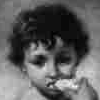
(this has been enlarged 2x by the browser so we can see the pels)
Typical compression ratios below 10X produce "invisible" errors. But
if an image is recompressed several times it will become corrupted!
The specific tables of quantisation settings can be tailored to the
particular image. This is "adaptive" mode and produces smaller files.
Flashpix - originally a proprietary standard also used a pyramidal scheme.